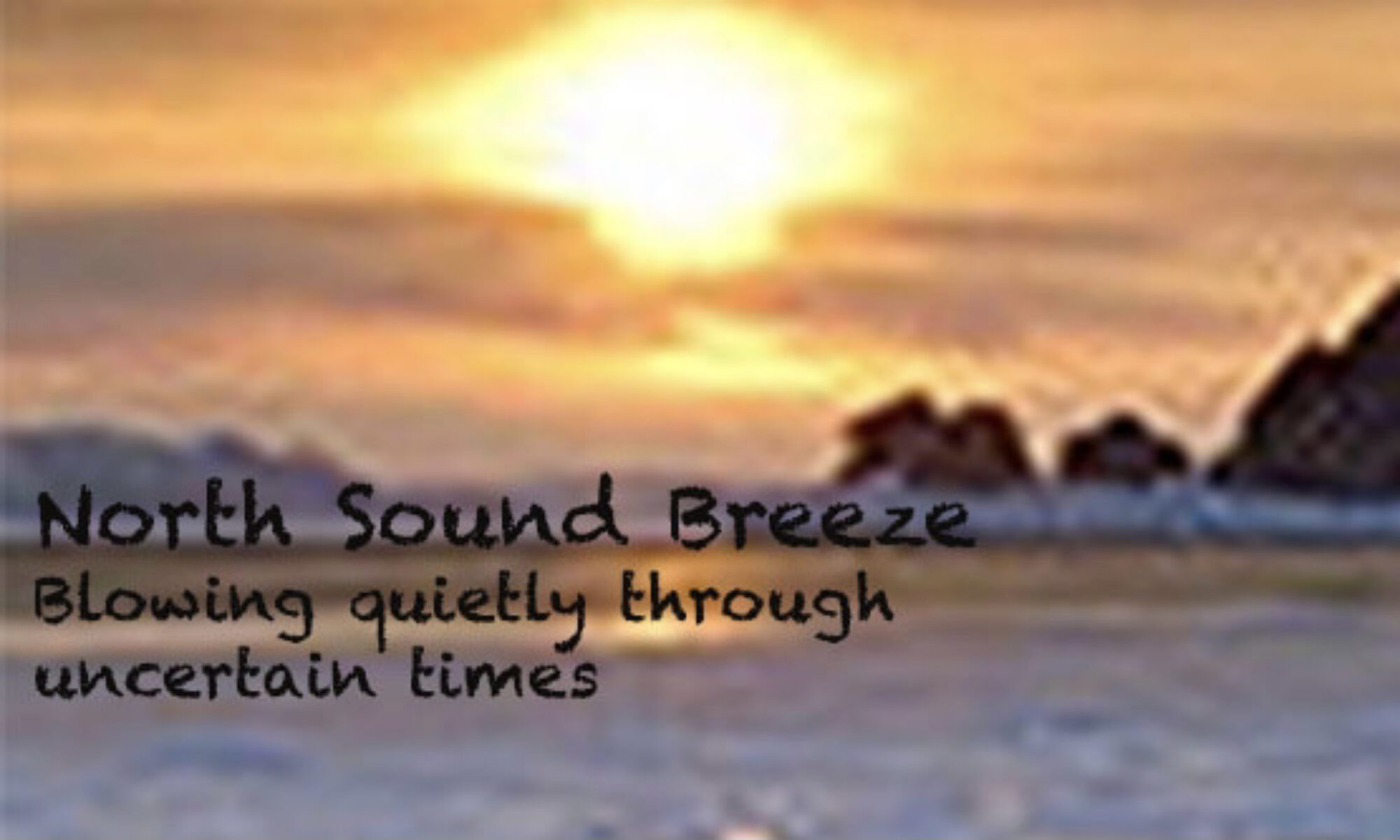WARNING: This is a post primarily for musicians, jazz pianists and composers.
Altered Dominance
Sometime, in the middle of my playing career, I decided to play all my dominant sevenths as altered chords. They felt good, sounded good, and were easy to hear and play. I remember thinking that it would help my sound and perhaps kick me up a notch in the eyes of my fellow musicians, which was always more important to me than it should have been.
I won’t explain what altered dominant chords are, most jazz musicians know what I’m referring to. For the non-musician, think of it as more tonal dissonance in the music that makes it sound different, more jazzy, yet somehow acceptable to the jazz aficionado’s ear.
Anyway, it was an opportunity to play a few demos in my own studio, using mostly the altered chords on a couple of standards. It was fun, easy, and after listening to the playback several times I felt it was a good move to make, musically. That is, until I heard some other piano trio and quartets on the radio. It suddenly hit me that most of the decent to good players out there in the world were already doing that…were already playing many altered dominant chords in their music. I simply hadn’t noticed. My new altered direction did nothing for me except help me to sound like everyone else!
This is beginning to sound like a sad tale of woe, but it isn’t. After this somewhat embarrassing altered musical episode in my m life, I decided to start experimenting in the other direction… mainly playing less, instead of more. And Lo and behold… What I discovered, in my search for some element of music that might distinguish me from the pack, was, of all things, silence!
Silence is golden!
To be fair, Ahmad Jamal is the king of meaningful silence in the jazz trio format. Occasionally he would pause right up until one wondered if he were done for the night, only to come back in with a soaring melodic sweep that was well worth the wait. So I wasn’t breaking any new ground here, except, perhaps, for myself. A sparser approach was simply the best idea I could come up with at the moment.
Well, there’s a little more to it than that, actually. But silence was the key. It’s funny, most of my life I’ve been looking for different ways to put notes together, to rearrange the sounds,,, to somehow crowd more tonal information into the existing space, all in the vain attempt to please the listener and impress other musicians. In the piano jazz field, I had hit the wall of semi-mediocrity and could find no visible way to scale it. Never realized, until finally, a few years back, that my strength in piano music lay not in technique, not in fast and furious notes, and not necessarily in song interpretation, but rather in the emotion of the music, of my interpretation of that emotion, and perhaps, my emotion in it as well. I have always “felt” the music I’ve played fairly deeply. Translated, one would think that might distinguish me from the pack to at least some degree.
Also, my biggest strength in music, and in jazz in particular, is that I remember and can play hundreds of old tunes, “standards” as the jazz world calls them. As one gets older and more experienced, memories, mostly good ones, become attached to much of the music we play. These memories can enhance the emotions one might already have for a particular piece. Since i’m an emotional guy anyway, (especially now, in my old age…) many of the songs I’ve loved over the years and still play now feel deeper than ever, often bringing with them happy tears!
Melodies From The Heart
And so for me, a healthy dose of silence mixed in with some well-thought out, deeply-felt notes provides some of the most satisfying playing I’ve ever been capable of. I think that a quiet pause between notes or phrases of notes provides the player with a few extra moments to feel, reflect, and often grab the better idea for the next phrase… at least that’s how it’s been happening for me. With the extra space of silence as a pause in the flow of emotion, I seem to stop playing “licks” and begin playing new and more inspirational melodies… melodies from the heart, rather than notes from the old, ingrained habits of the fingers. It has made a huge difference in my playing.
Here’s a song I love, “‘Round Midnight” by a composer/player I’ve never cared for, Thelonius Monk. This recording holds the best performance I’ve ever done on this tune, all due to the increased air and space between notes and phrases. Am proud of it and will continue to pursue this new avenue.
Taking this concept of “more silence between the notes” into my daily life, I’ve found the same advancement of quality in my thoughts, my conversations, in how people respond to me. It’s surprising, and somewhat amazing! We all know that one doesn’t learn much by talking, but by listening. And I wonder… does it seem to you like a person who really listens to you and comprehends what you are saying, is becoming more rare and cherished all the time? I have the feeling that most of us don’t listen to each other as well as we used to, that we don’t give our friends’ conversational ideas time to brew, to manifest into realizations that move us forward and improve us.
Ah hell, maybe it’s just me… but enough of this “silence,” right? Let’s stop all this gibberish about magic mixtures of silence and information, and check our cell phones…
Steve Hulse

 Ahmad Jamal
Ahmad Jamal